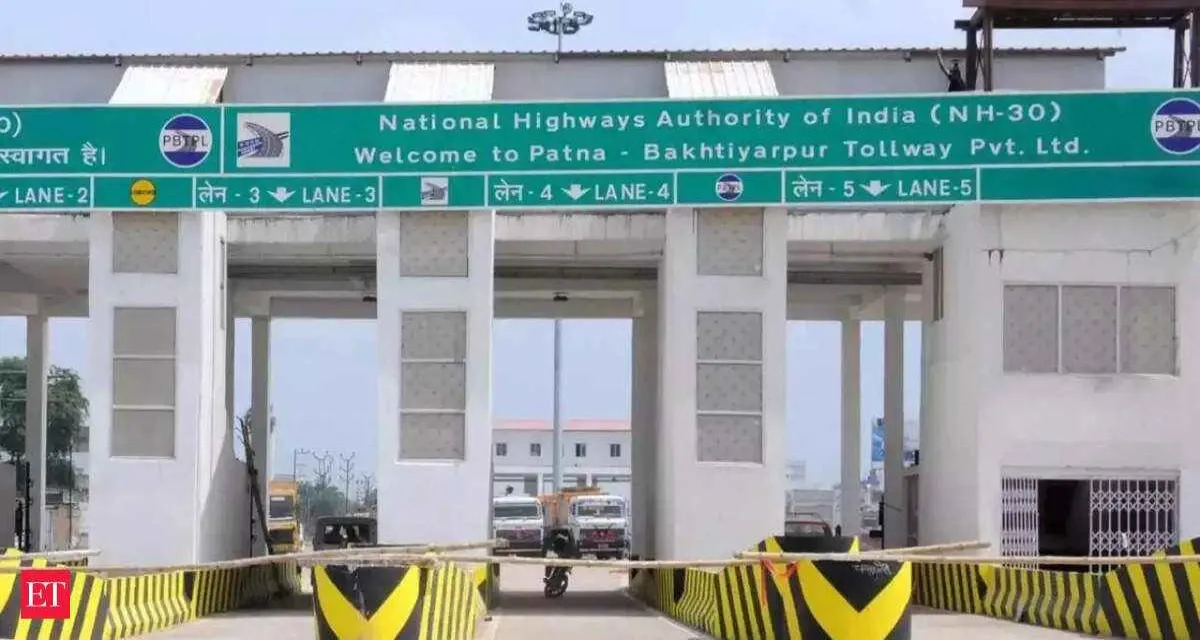

India is gearing up for a major upgrade in how tolls are collected on its extensive network of roads and highways. The introduction of the Global Navigation Satellite System (GNSS) based Electronic Toll Collection (ETC) promises to streamline this process significantly. Let us understand exactly all the details from scratch to end.
GNSS stands for Global Navigation Satellite System. It’s a technology that uses satellite signals to pinpoint locations on Earth. In the context of toll collection, vehicles equipped with GNSS-enabled tags can seamlessly pass through toll booths without stopping, as the system automatically tracks their movement and calculates toll charges.
Unlike the current system where physical FASTag readers are installed at toll booths, GNSS technology will establish virtual toll booths along roads and highways. These virtual booths will continuously monitor vehicles equipped with GNSS tags, recording their travel distance, location, vehicle type, registration number, and linked bank account details.
FASTags, which are currently in use, require vehicles to pass through physical toll booths equipped with readers. While this system has improved efficiency compared to traditional toll payments, it still leads to queues during peak hours. In contrast, GNSS-based tolling eliminates the need for physical booths, promising a seamless and uninterrupted commute experience.
The transition to GNSS won’t require an immediate removal of FASTags. Both systems will operate simultaneously initially, allowing commuters to adapt gradually. This phased approach ensures minimal disruption while maximizing the benefits of the new technology.
This step will surely bring forth some positive changes in the toll system among commuters thus let’s discuss in detail how will it be proven advantageous for commuters:
Without the need to stop at toll booths, traffic congestion near toll plazas will decrease, leading to smoother traffic flow and reduced travel times.
Commuters no longer need to worry about carrying cash or waiting in lines to pay tolls, making travel more convenient.
GNSS technology will cover all national and state highways across India, ensuring a standardized toll collection system regardless of location.
While GNSS offers significant advantages, its implementation may face challenges such as initial setup costs, ensuring compatibility across all vehicles, and addressing privacy concerns related to vehicle tracking.
Overall, The introduction of the GNSS-based Electronic Toll Collection represents a leap forward in India’s efforts to modernize its transportation infrastructure. By leveraging satellite technology, the system promises not only efficiency gains but also a more seamless travel experience for millions of commuters nationwide. As the country moves towards a digitally empowered future, GNSS ETC sets a benchmark for innovation in toll collection systems, paving the way for smarter and more efficient transportation networks.
Also Read: